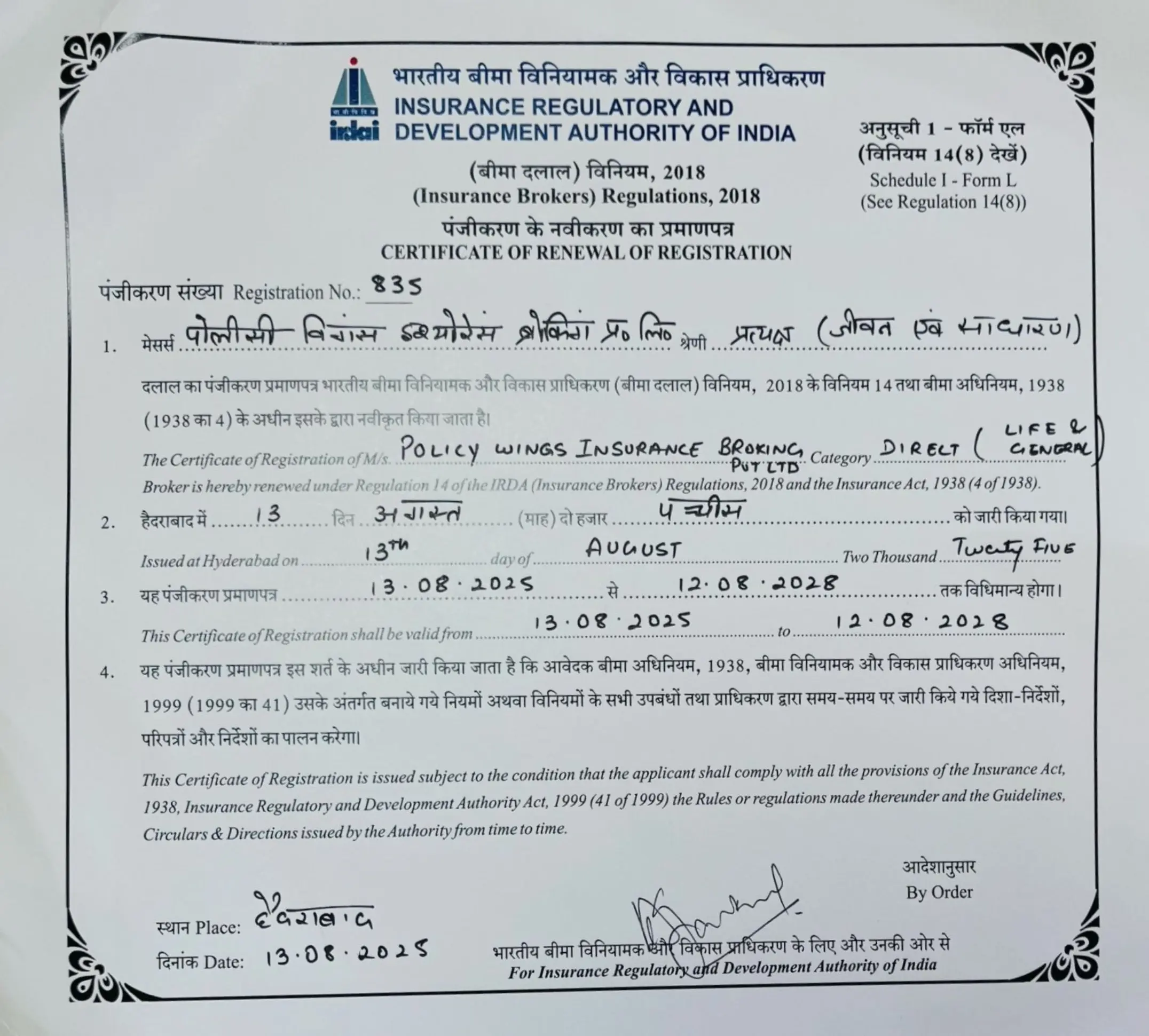Introduction Everyone deserves healthcare but sadly, with the medical expenses rising so fast in India, not everyone can afford...
Introduction Travel is exhilarating but medical emergencies abroad are expensive and unpredictable. For Indian travellers, buying robust overseas travel medical...
Introduction Life Insurance Corporation of India (LIC) is a household name for life and pension products and many consumers search...
Your team is the backbone of your company that must be taken care of. Their health directly impacts your...
Introduction A hospital emergency is a serious situation that creates a lot of panic. In such a moment, it’s very...
Introduction The increase in digital platforms has evolved the way Indians buy financial products, particularly insurance. Only with a few...
Introduction Rushing to the hospital for an emergency and coming back with a bill of lakhs of rupees is such...
Introduction As we age, we start taking our health more seriously. But with rising medical costs, we can’t rely...
Introduction We all have somebody in our family living with conditions like diabetes, high blood pressure, thyroid or others. These...
Introduction Employee group insurance and corporate health insurance plans have become essential components of employer benefits programs in India, particularly...
Latest Blogs
Introduction While buying or renewing car insurance, you would surely come across two very common terms: Zero Depreciation and...
Introduction In India, getting insurance for your car is non-negotiable. With so many plans and so many add-ons available, it...
Introduction Do you think that buying life insurance means having to go through complicated policies and paperwork and paying...
Introduction You don’t buy a car insurance just fulfil a legal requirement. The repair costs have really increased, spare...
Introduction You can’t predict life but it’s always possible to secure the financial future of your family with life...
Introduction You have waited so long to finally purchase that car, saved for it and checked all those reviews....
Introduction Upon buying insurance, you will notice different short forms in your policy documents that might confuse you. One...
Introduction Having a small business in India starts with immense opportunities but also with a wide range of challenges. Moreover...


















